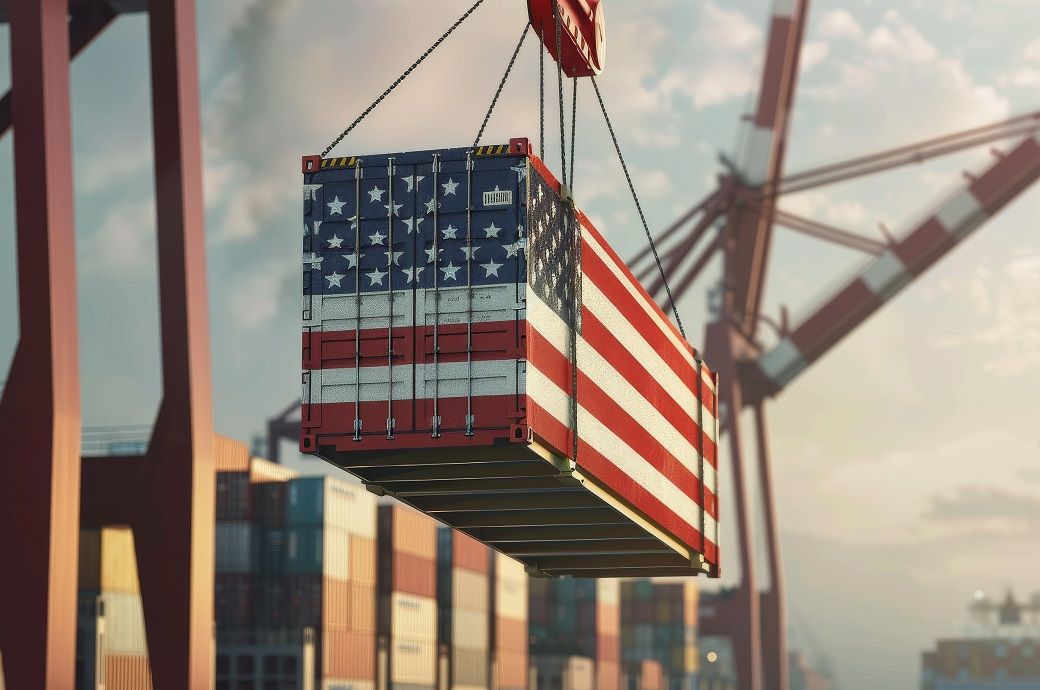
"It was a huge relief for retailers, their customers and the nation’s economy that the strike was short-lived,” said Jonathan Gold, NRF vice president for supply chain and customs policy. "It will take the affected ports a couple of weeks to recover, but we can rest assured that all ports across the country will be working hard to meet demand, and no impact on the holiday shopping season is expected."
The strike, which lasted three days, occurred after the International Longshoremen’s Association’s contract with the US Maritime Alliance expired on October 1. However, it ended following a tentative agreement on a wage increase and a short-term contract extension until January 15. NRF had previously urged President Biden to intervene, calling for him to use "any and all authority" to end the strike.
Though some retailers faced increased warehousing and transportation costs due to early cargo deliveries or shifting shipments to the West Coast, the focus now is on reaching a long-term contract. "The priority now is for both parties to negotiate in good faith and reach a long-term contract before the short-term extension ends in mid-January. We don’t want to face a disruption like this all over again,” Gold emphasised.
Ben Hackett, founder of Hackett Associates, pointed out that the surge in imports leading up to the strike was due to businesses preparing for a potential disruption. "The surge in imports over the past few months has clearly been the result of contingency imports by wholesalers, retailers, and industrial companies in anticipation of the East and Gulf Coast port strike rather than a sudden increase in demand,” he said.
In August, US ports handled 2.34 million Twenty-Foot Equivalent Units (TEUs), up 0.9 per cent from July and 19.3 per cent year over year, the highest volume since May 2022. While September's final numbers are yet to be reported, Global Port Tracker projects it at 2.29 million TEUs, a 12.9 per cent increase compared to last year. October is forecast to reach 2.12 million TEUs, slightly above previous estimates, while November and December are expected to maintain steady growth. By the end of 2024, imports could total 24.9 million TEUs, a 12.1 per cent rise from 2023, NRF said in a press release.
Looking ahead, January 2025 is expected to see 1.98 million TEUs, up 0.8 per cent, while February could dip to 1.74 million TEUs due to Lunar New Year factory shutdowns in Asia.
The robust import activity comes as NRF forecasts retail sales in 2024 to grow between 2.5 and 3.5 per cent over 2023, excluding sales from automobile dealers, gasoline stations, and restaurants.
Fibre2Fashion News Desk (KD)